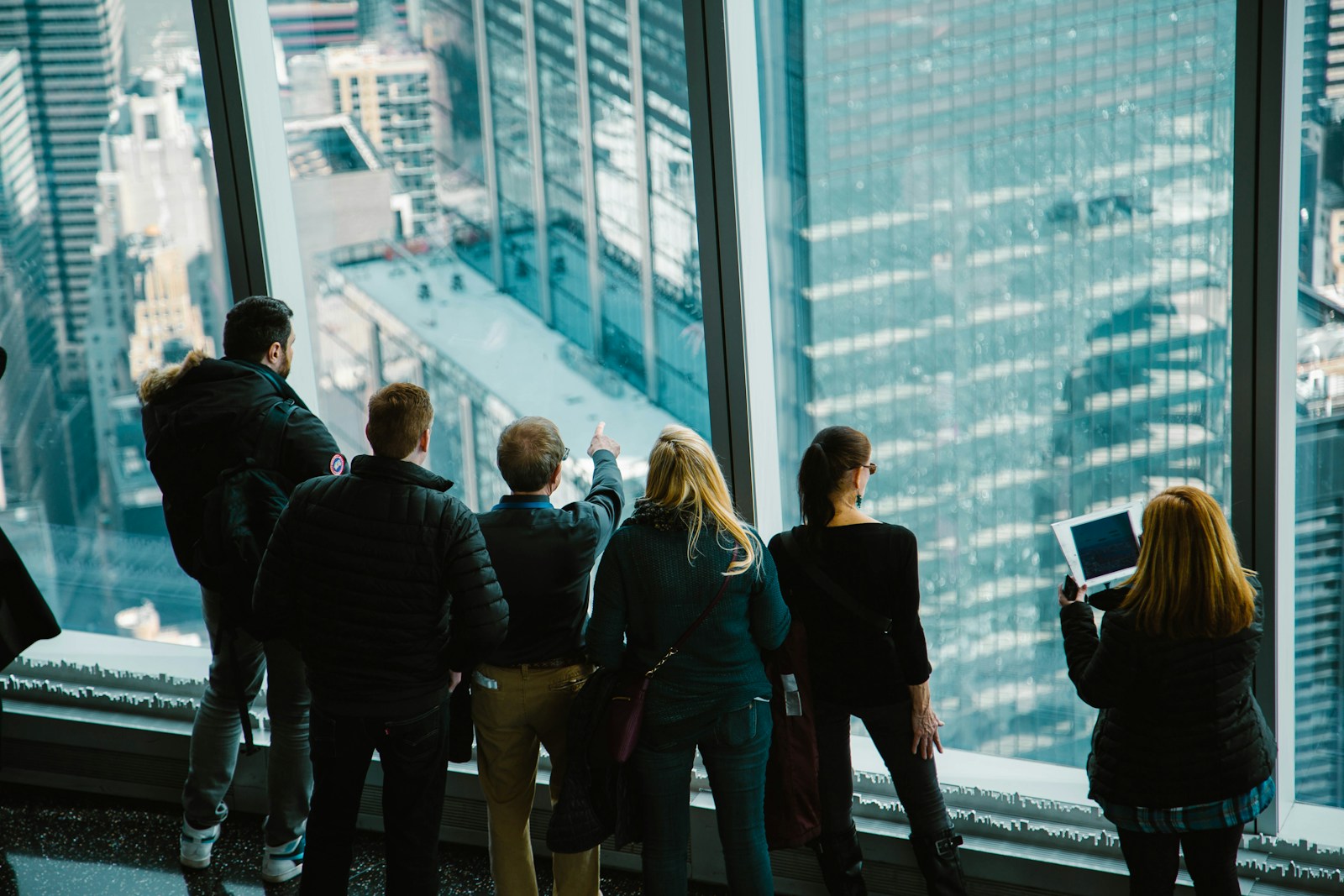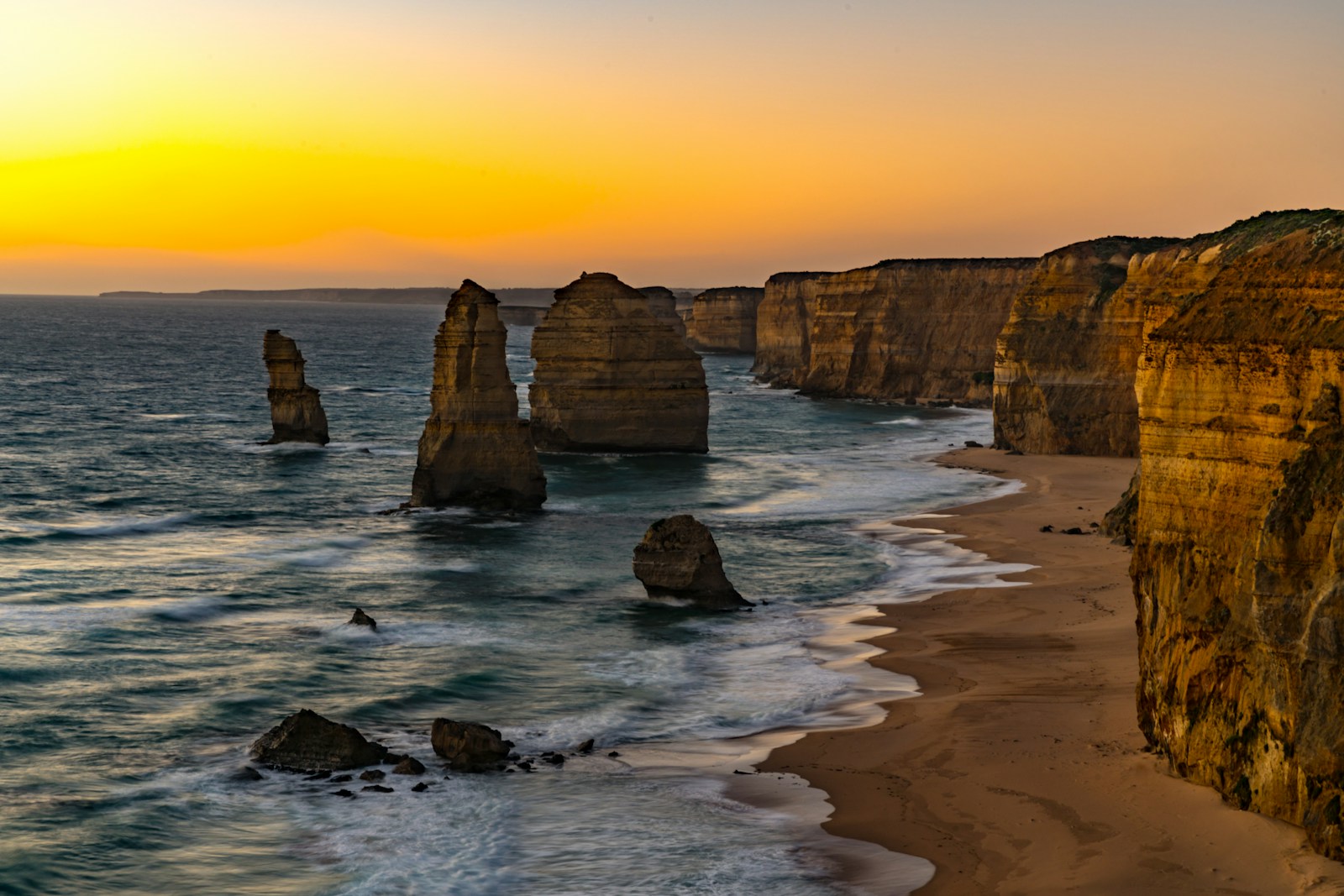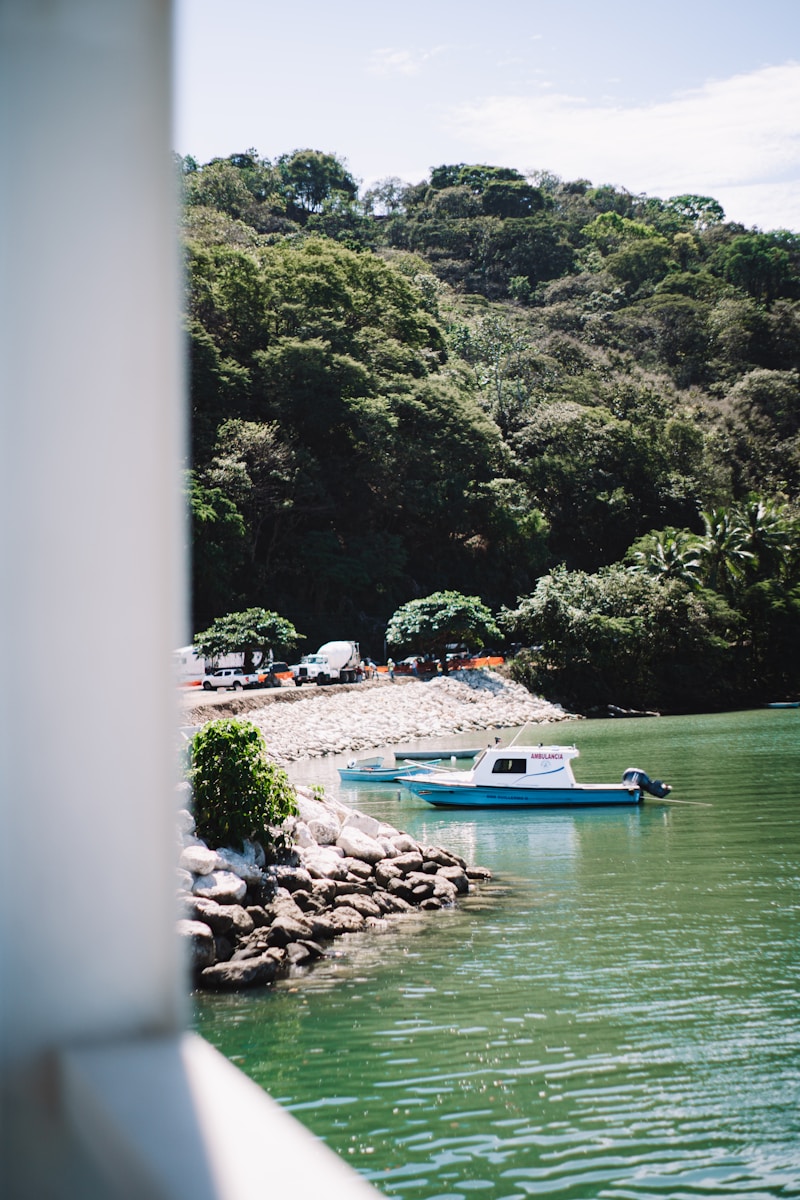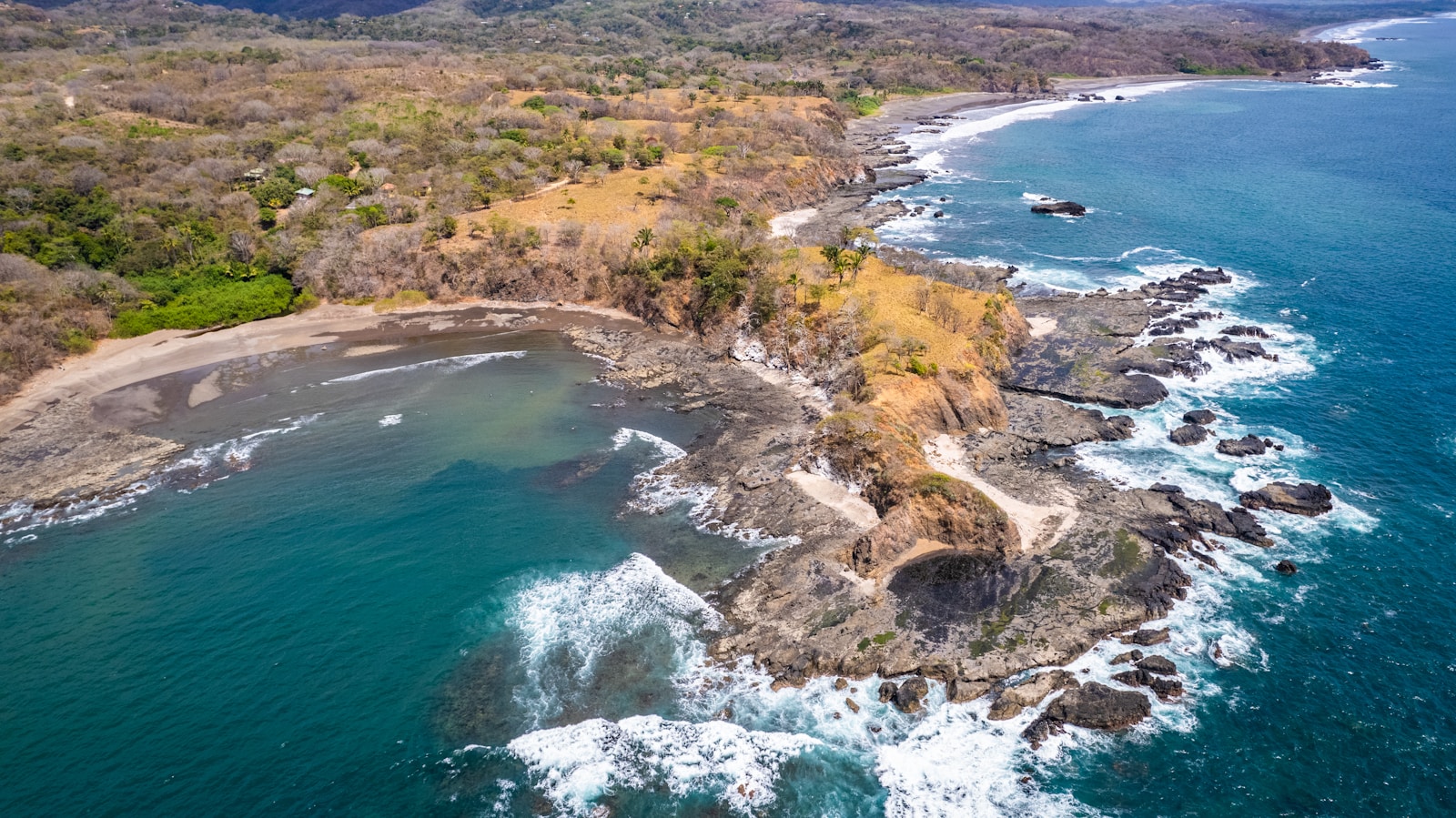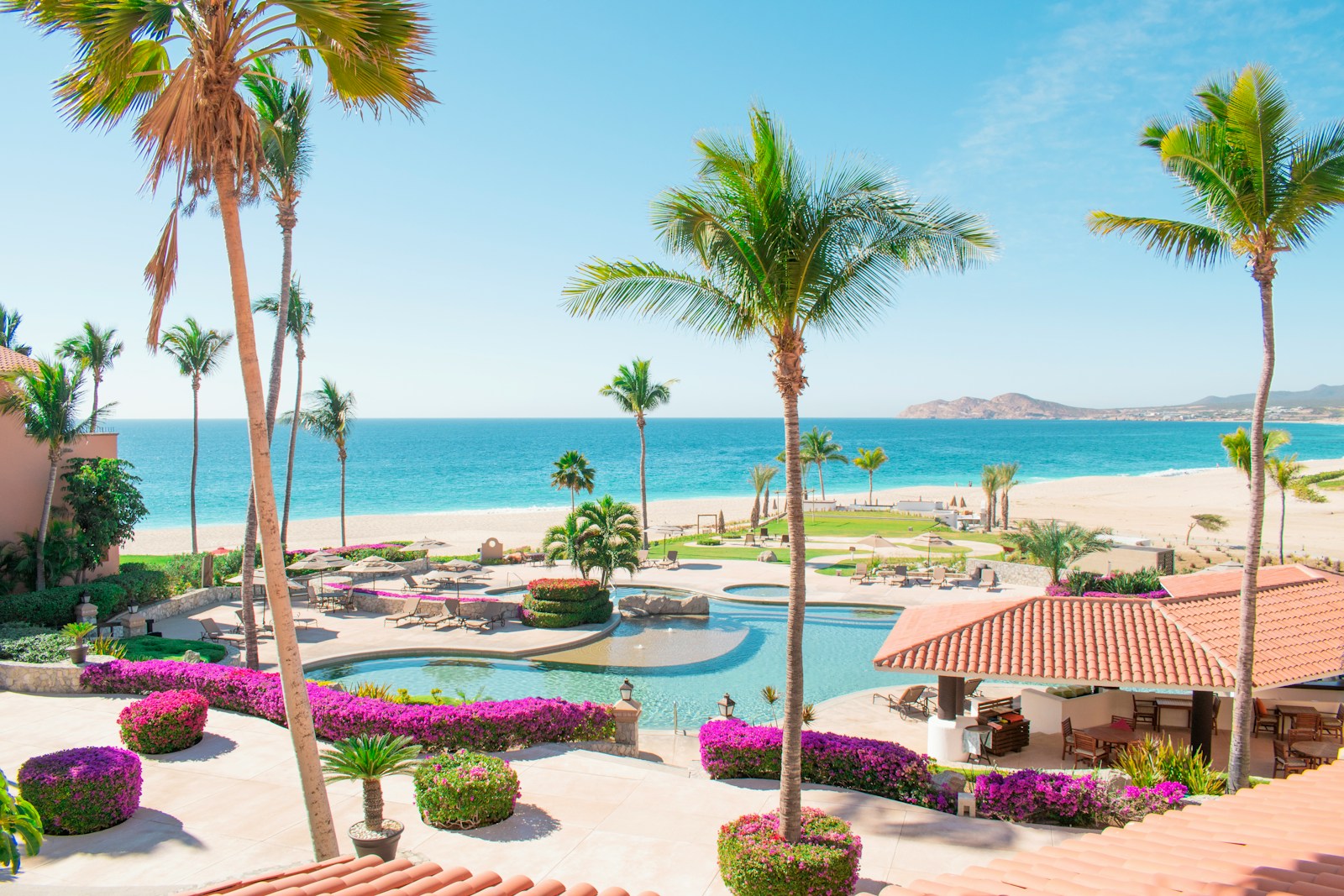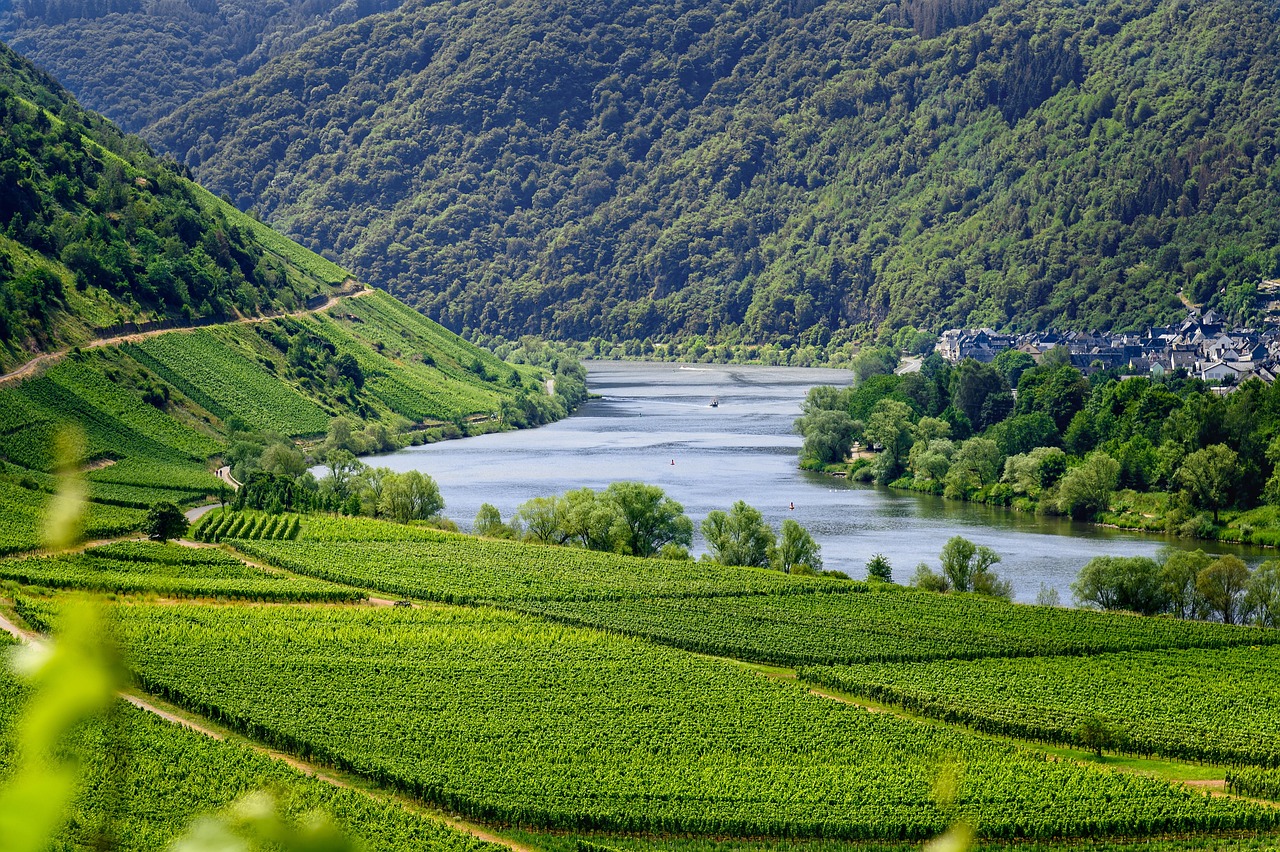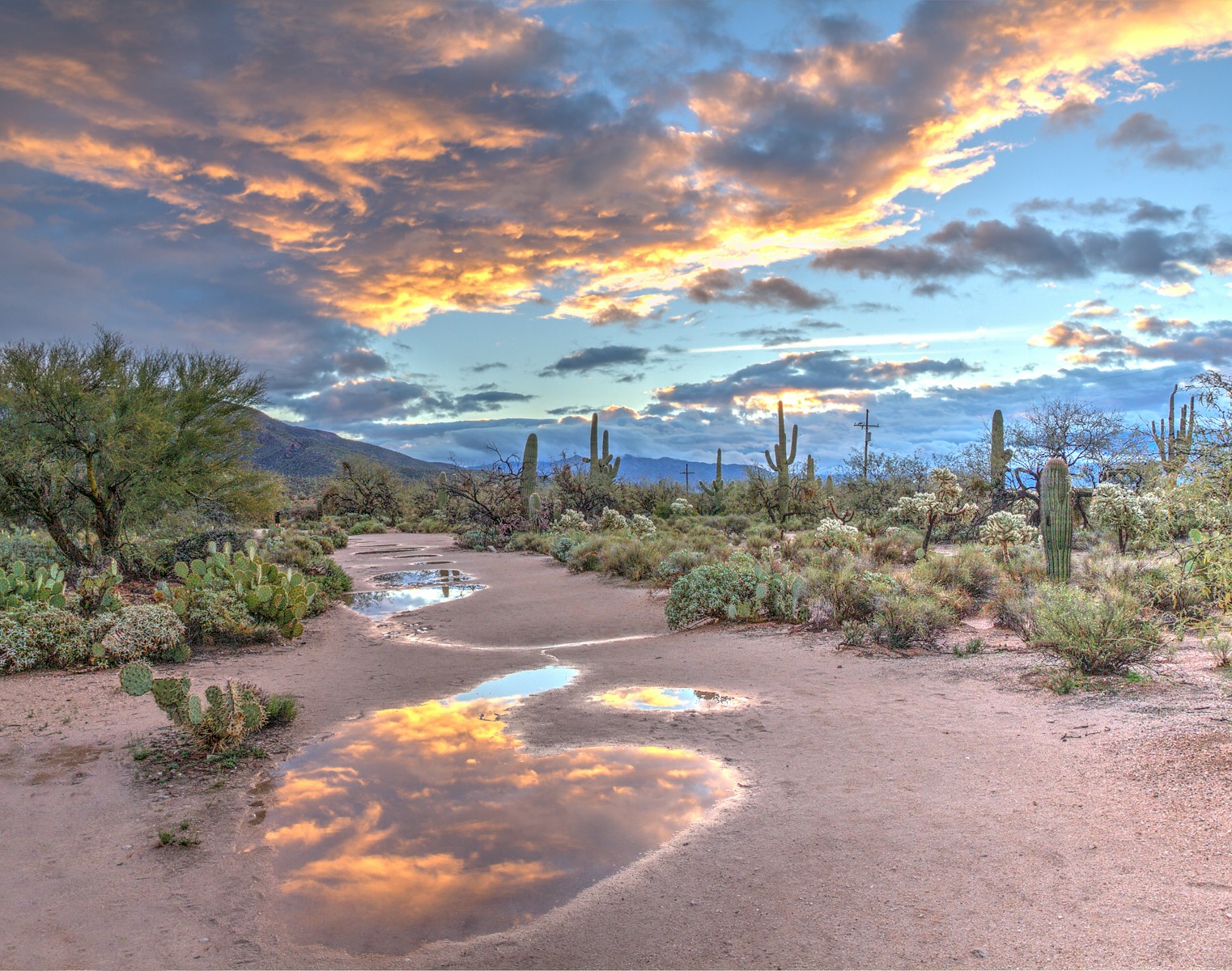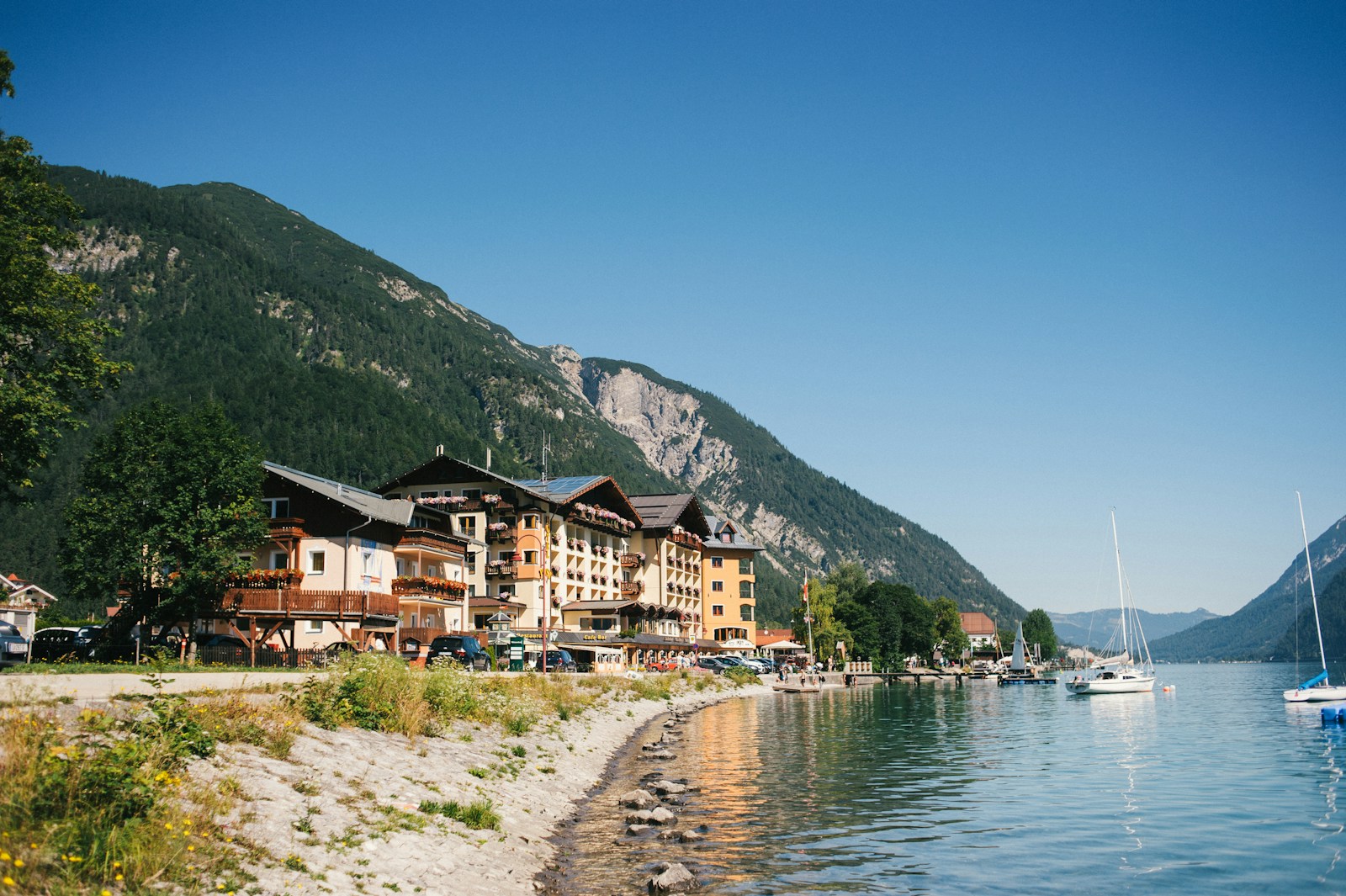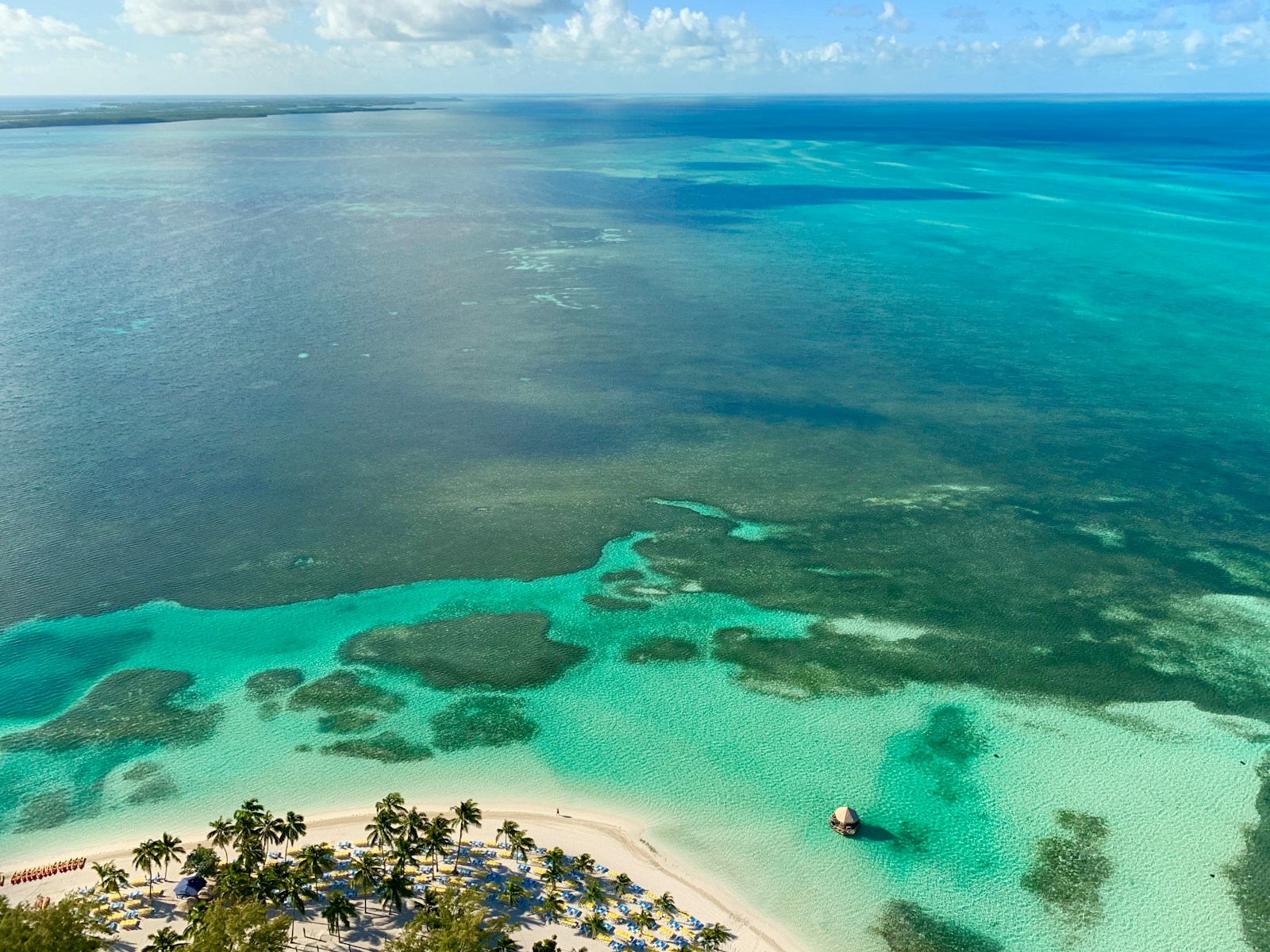Introduction
Travel has a way of captivating our hearts and minds. Whether it’s the thrill of exploring new landscapes or the allure of meeting diverse cultures, the idea of venturing beyond our everyday surroundings is irresistible. For travel enthusiasts, adventure seekers, and family travelers alike, knowing where the world flocks to satisfy its wanderlust can spark inspiration for future journeys. In this blog post, we’ll explore some of the most visited tourist places globally, offering insights into what makes these destinations so appealing. From iconic landmarks to cultural havens, prepare to be inspired by the places that top globetrotters’ lists.
The Importance of Travel and Adventure in Our Lives
Travel is more than just an escape from daily routines; it is an opportunity for personal growth and discovery. It fosters a sense of adventure that encourages us to step out of our comfort zones. From the thrill of facing new challenges to the joy of experiencing unfamiliar cultures, travel broadens our perspectives.
Adventure, in particular, plays a vital role in enriching our lives. It pushes us to try new things, whether it’s hiking up a mountain, tasting exotic foods, or navigating bustling city streets. Adventure teaches resilience and adaptability, skills that are invaluable in today’s dynamic world.
Furthermore, travel and adventure provide a deeper connection to the world around us. They remind us of the beauty and diversity of our planet, nurturing a sense of wonder and curiosity that stays with us long after the trip ends. For families, travel can forge lasting memories and bonds, creating stories to share for generations.
Criteria for the Most Visited Tourist Places
Determining the most visited tourist places globally requires evaluating several factors. Popularity is often measured by annual visitor numbers, reflecting how appealing a destination is to travelers from all walks of life. Accessibility, historical significance, and unique attractions are also critical in drawing tourists to these hotspots.
Another key criterion is the presence of iconic landmarks or cultural heritage sites that hold universal appeal. These places often serve as symbols of a destination’s identity, attracting visitors eager to witness their grandeur firsthand. Additionally, the local hospitality, infrastructure, and safety play significant roles in making a place visitor-friendly.
Lastly, the opportunity for unique experiences sets certain destinations apart. Whether it’s engaging with local traditions, exploring natural wonders, or attending world-renowned events, these experiences enhance the allure of a location, leaving visitors with lifelong memories.
Top 10 Most Visited Tourist Places Globally
Paris, France
The City of Lights consistently ranks among the top tourist destinations worldwide. Known for its romantic ambiance, Paris attracts millions with its iconic landmarks such as the Eiffel Tower, Notre-Dame Cathedral, and the sprawling Louvre Museum. Beyond its historic attractions, Paris is also celebrated for its vibrant arts scene, exquisite cuisine, and chic fashion.
Strolling through the charming streets of Montmartre or enjoying a leisurely Seine River cruise offers glimpses into the soul of this enchanting city. Paris’s blend of history, culture, and modernity makes it a must-visit for travelers seeking a quintessential European experience.
Bangkok, Thailand
Bangkok is a bustling metropolis where tradition and modernity coexist harmoniously. This vibrant city is famed for its ornate temples, bustling markets, and lively street life. The Grand Palace and Wat Arun are must-see landmarks, while the floating markets offer a unique shopping experience.
Bangkok’s street food scene is legendary, offering flavors that tantalize the taste buds at every corner. The city’s dynamic nightlife, with rooftop bars and nightclubs, ensures there’s always something to do. Cultural immersion in Bangkok offers travelers an unforgettable taste of Thailand’s rich heritage and contemporary flair.
London, United Kingdom
London’s rich history and cosmopolitan charm make it a perennial favorite among tourists. From the historic Tower of London and Buckingham Palace to the modern marvels of the London Eye, the city offers an exciting blend of old and new.
The British Museum, with its vast collection of artifacts, provides fascinating insights into human history. Meanwhile, London’s diverse neighborhoods, such as Camden and Notting Hill, showcase the city’s multicultural essence through eclectic markets, eateries, and events.
Dubai, United Arab Emirates
Dubai is synonymous with luxury and innovation, drawing visitors with its futuristic skyline and extravagant lifestyle. The Burj Khalifa, the world’s tallest building, offers breathtaking views of the cityscape, while the Palm Jumeirah exemplifies architectural ingenuity.
Dubai’s shopping scene is unparalleled, with the Dubai Mall providing a retail experience like no other. Adventure-seekers can indulge in desert safaris or indoor skiing, while cultural enthusiasts can explore traditional souks and the Dubai Museum. Dubai’s dynamic offerings cater to diverse interests, making it a global magnet for tourists.
Singapore
Singapore’s reputation as a clean, efficient, and multicultural city-state makes it a popular choice for travelers. The Marina Bay Sands, with its iconic rooftop infinity pool, offers panoramic views of the city’s skyline. Gardens by the Bay, a futuristic garden wonderland, captivates visitors with its Supertree Grove and Flower Dome.
The vibrant neighborhoods of Chinatown, Little India, and Kampong Glam reflect Singapore’s cultural diversity, offering culinary delights and colorful festivals. Singapore’s commitment to sustainability and innovation is evident in its urban planning, making it a model city for the future.
New York City, United States
The Big Apple’s energy and diversity are unmatched, attracting visitors from around the globe. Iconic landmarks such as Times Square, Central Park, and the Statue of Liberty define New York City’s skyline, while Broadway’s theatrical productions delight audiences of all ages.
The city’s cultural scene thrives in its world-class museums, like the Metropolitan Museum of Art and the Museum of Modern Art. New York’s diverse neighborhoods, from Manhattan to Brooklyn, offer unique experiences, from food tours to live music, ensuring there’s always something new to discover.
Rome, Italy
Rome, the Eternal City, is a living museum that encapsulates centuries of history and art. The Colosseum, Roman Forum, and Pantheon transport visitors back in time to the grandeur of ancient Rome. Vatican City, home to St. Peter’s Basilica and the Sistine Chapel, offers spiritual and artistic enrichment.
Rome’s cobblestone streets, lined with trattorias, gelaterias, and piazzas, create an inviting atmosphere for leisurely exploration. The city’s passion for food is evident in its delectable Italian cuisine, making dining a highlight of any Roman holiday.
Istanbul, Turkey
Istanbul’s unique position straddling Europe and Asia makes it a cultural crossroads rich in history. The Hagia Sophia, Blue Mosque, and Topkapi Palace are architectural masterpieces that showcase the city’s Byzantine and Ottoman heritage.
The Grand Bazaar and Spice Bazaar offer sensory delights through vibrant colors, exotic aromas, and bustling activity. Istanbul’s Bosphorus Strait provides stunning vistas, while its neighborhoods, such as Sultanahmet and Beyoglu, reveal a tapestry of traditions and modernity.
Kuala Lumpur, Malaysia
Kuala Lumpur, Malaysia’s capital, is a city of contrasts where gleaming skyscrapers and colonial architecture coexist. The Petronas Twin Towers, once the tallest buildings in the world, dominate the skyline and offer breathtaking views from their observation deck.
The Batu Caves, a Hindu shrine set in limestone hills, provide a spiritual escape from the urban hustle. Kuala Lumpur’s culinary scene is a fusion of Malay, Chinese, and Indian influences, offering diverse flavors that reflect the city’s multicultural identity.
Tokyo, Japan
Tokyo’s blend of tradition and innovation captivates visitors seeking a unique cultural experience. The city’s iconic Shibuya Crossing and neon-lit streets epitomize its dynamic energy, while historic temples like Sensoji offer moments of tranquility.
Tokyo Disneyland and DisneySea attract families with enchanting experiences, while the city’s culinary scene, from sushi to ramen, delights food enthusiasts. Tokyo’s efficient public transportation system makes exploring its diverse districts, from Harajuku’s fashion-forward streets to Ginza’s upscale shopping, a breeze.
The Impact of Tourism on These Destinations
Tourism brings significant economic benefits, creating jobs and boosting local businesses. However, over-tourism poses challenges, impacting the environment, culture, and quality of life for residents. Balancing these effects is crucial for sustainable tourism.
Positive impacts include infrastructure development, cultural exchange, and increased global visibility for destinations. Yet, negative consequences such as pollution, overcrowding, and loss of cultural authenticity can arise when tourist numbers exceed a destination’s capacity.
Balancing Act
Sustainable tourism practices are essential to preserving these destinations for future generations. Efforts such as promoting off-peak travel, supporting local communities, and implementing eco-friendly initiatives can mitigate the negative effects of over-tourism.
Community Involvement
Engaging local communities in tourism planning ensures that their voices are heard and that tourism benefits are equitably distributed. Initiatives that prioritize cultural preservation and environmental protection contribute to a more sustainable tourism industry.
Responsible Travel
Travelers play a vital role in promoting sustainable tourism. By respecting local customs, minimizing waste, and choosing eco-friendly accommodations, tourists can reduce their impact and contribute positively to the destinations they visit.
Tips for Enjoying These Destinations Responsibly
Visiting top tourist destinations responsibly enhances the experience for both travelers and locals. Simple actions can make a difference, ensuring that these places remain vibrant and welcoming for years to come.
Researching a destination before visiting helps travelers understand its cultural norms, historical significance, and environmental challenges. This knowledge fosters respect and empathy, allowing for meaningful interactions with locals.
Supporting local businesses by dining at family-owned restaurants, purchasing handmade crafts, and staying in locally-run accommodations directly benefits communities. Choosing responsible tour operators that prioritize sustainability and ethical practices enhances the overall travel experience.
Practicing eco-friendly habits, such as reducing plastic waste, conserving energy, and using public transportation, helps protect the environment. Leaving minimal traces and respecting natural habitats contribute to preserving the beauty of these destinations.
Conclusion
In our exploration of the world’s most visited tourist places, we’ve seen how these destinations capture the imagination of travelers worldwide. From the bustling streets of New York City to the tranquil temples of Tokyo, each location offers unique experiences that enrich our understanding of the world.
Travel enthusiasts, adventure seekers, and family travelers alike are encouraged to explore these iconic destinations with open minds and hearts. While popular spots offer undeniable allure, venturing off the beaten path can lead to unexpected discoveries and cherished memories.
By traveling responsibly and supporting sustainable tourism initiatives, we can ensure that these wonders remain vibrant and accessible for generations to come. Whether you’re planning your next adventure or dreaming of distant horizons, may your journeys be filled with inspiration and wonder.




